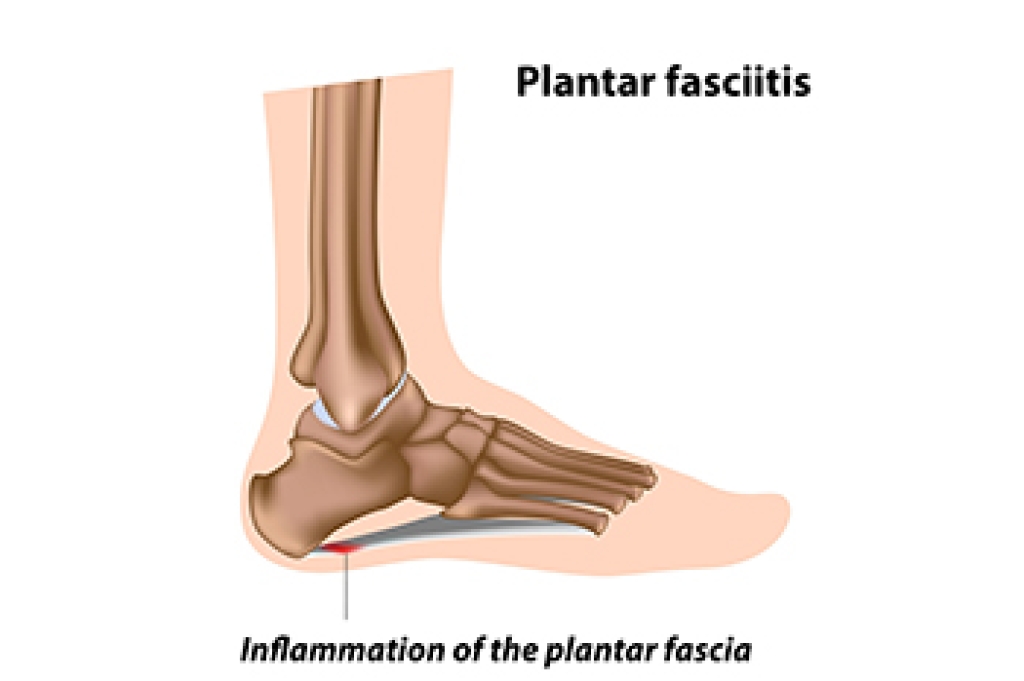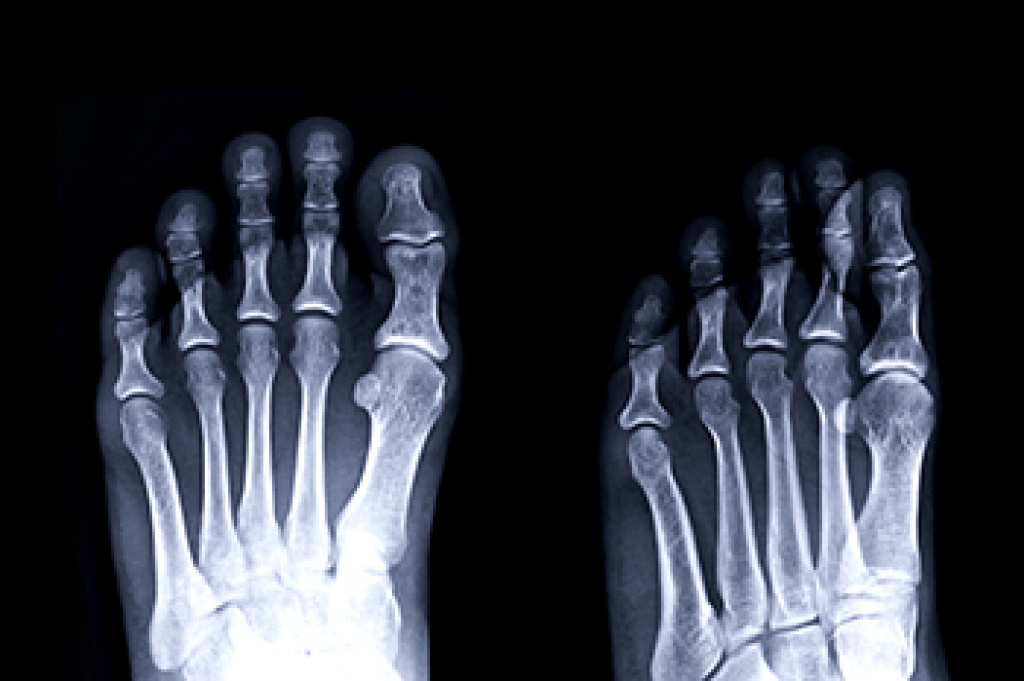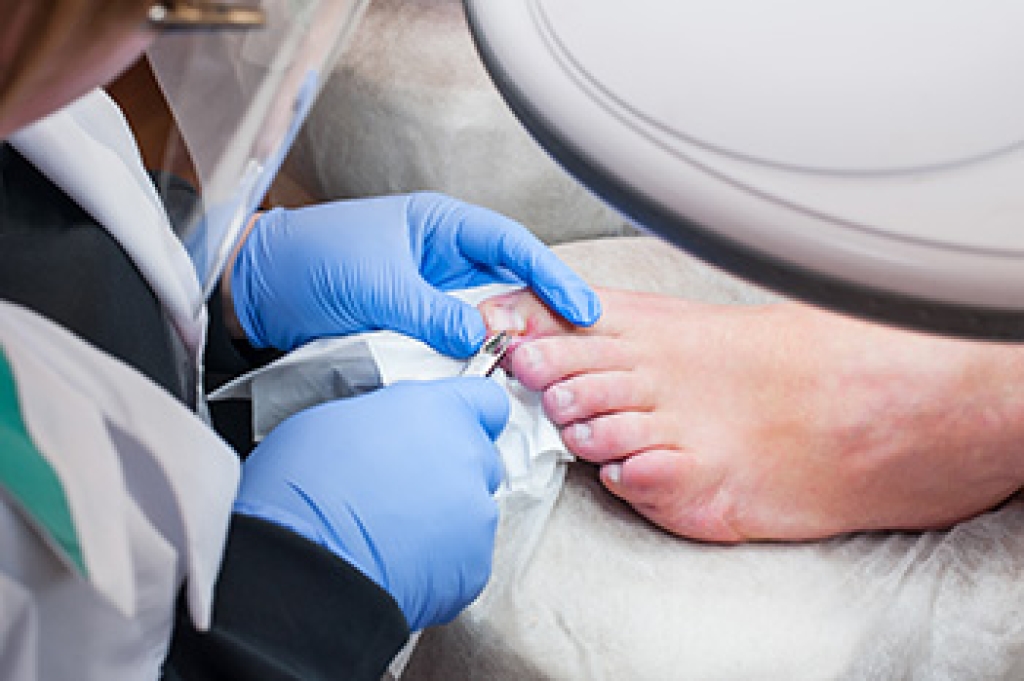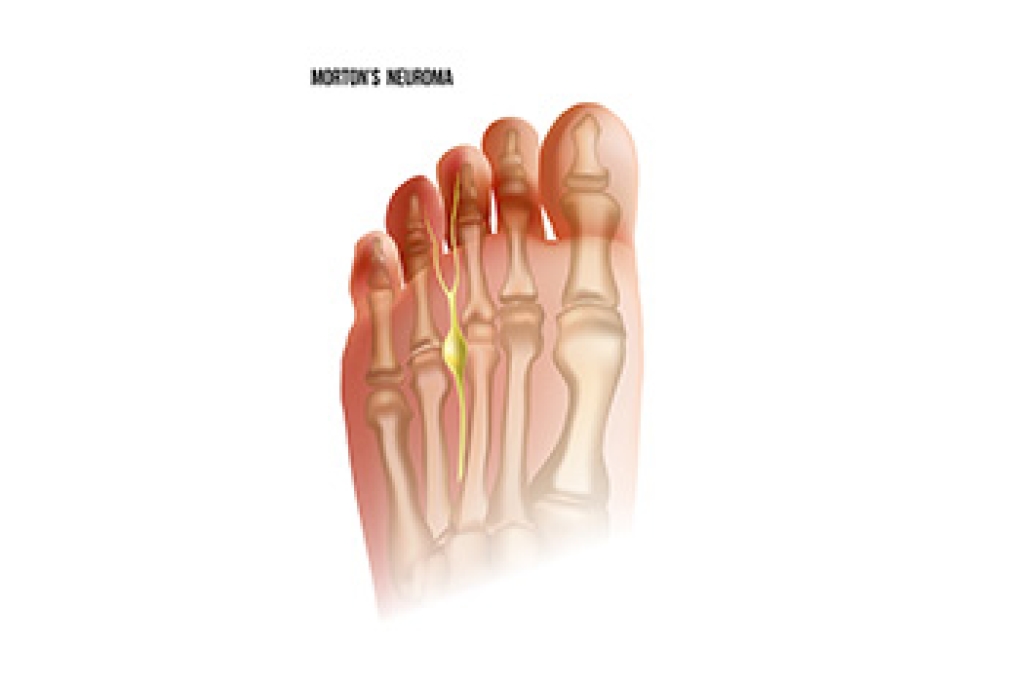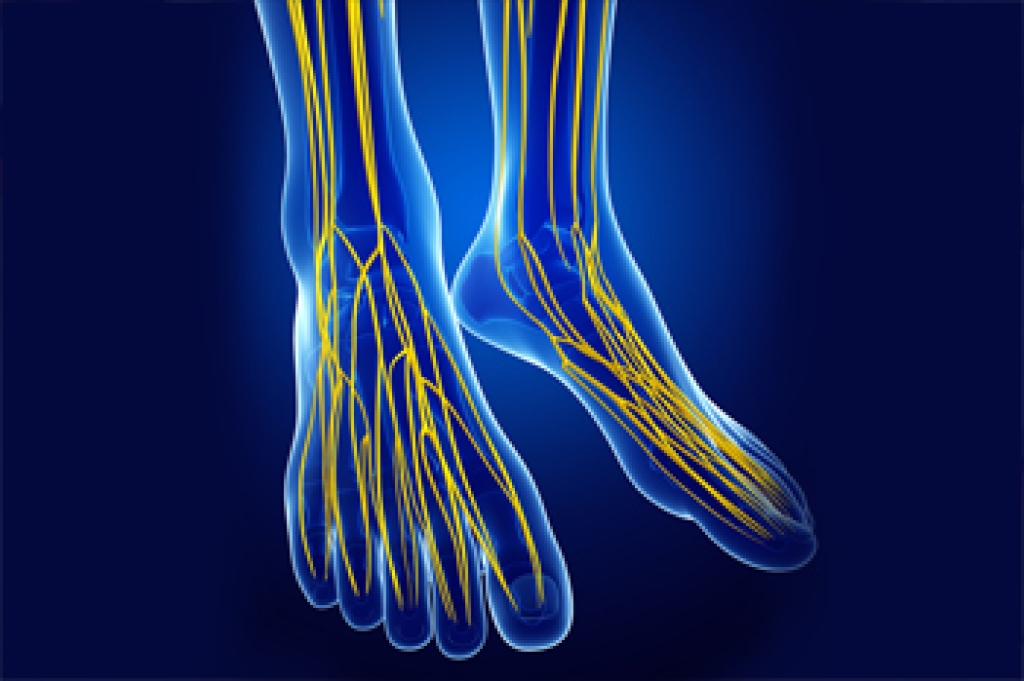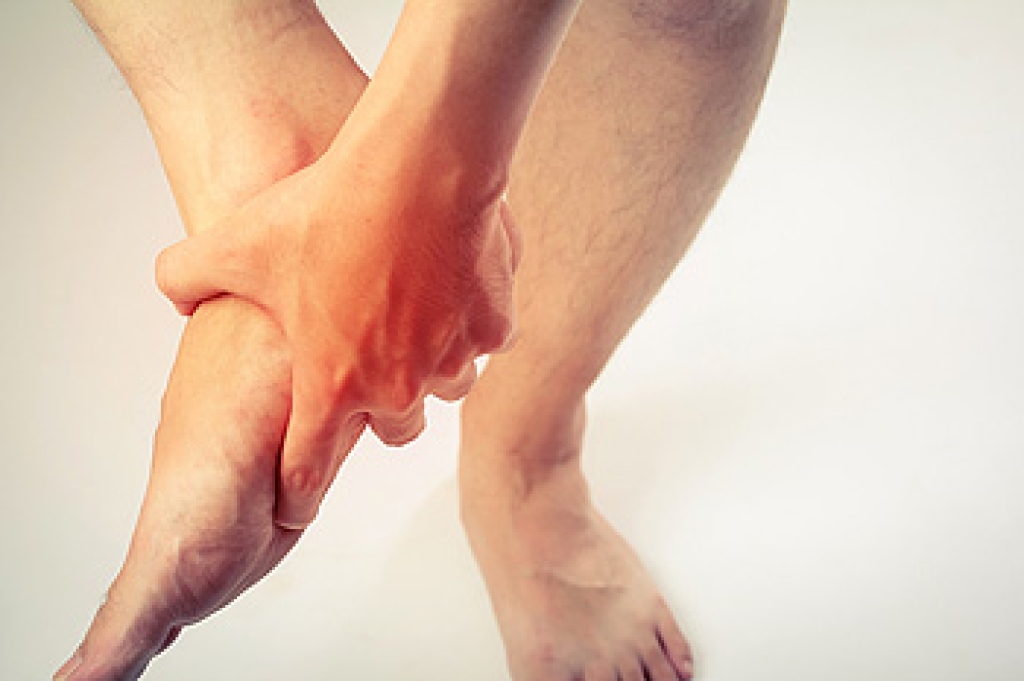
Wearing the right shoes is essential for anyone who spends long hours standing at work. Proper footwear should have ample cushioning to absorb shock and reduce pressure on the feet and joints. Good arch support helps maintain alignment and prevent fatigue or pain. Breathable materials keep feet cool and dry, while durable construction ensures long-lasting comfort and stability. Additionally, slip-resistant soles are important for safety, especially on smooth or wet surfaces. A podiatrist can evaluate your foot type, recommend supportive shoe styles, and suggest custom orthotics for additional comfort and protection. If you have foot pain from standing for long periods at work, it is suggested that you consult a podiatrist who can treat various foot conditions, in addition to providing personalized footwear guidance.
While working on the feet, it is important to take the proper care of them. For more information about working on your feet, contact one of our podiatrists from David A. Scalzo, DPM, PC and Associates. Our doctors will treat your foot and ankle needs.
Working on Your Feet
Standing on your feet for long periods of time can cause stress and pain in your feet. Your whole body may experience change in terms of posture, back pain, bunions, callouses and or plantar warts. There are ways to avoid these conditions with proper foot care, smart choices and correct posture.
Positive Changes
Negative heeled shoe – Choosing this shoe type places the heel slightly lower than the ball of the foot. These are great for overall foot health. Find shoes that fit you correctly.
Go barefoot – Our feet were not designed to be enclosed for all hours of the day. Try to periodically expose your feet to air.
Eliminate Pain
Foot Exercises – Performing simple exercises, incorporating yoga and doing stretches are beneficial. This will allow increased blood flow to the area and muscles of the foot.
Achilles tendon – Stretching the foot out flat on the floor will relax the calf muscles and tendon. These exercises can be performed almost anywhere. Make sure you add these exercises to your daily regimen.
With a little bit of this information and knowing more about foot health, you will notice changes. Foot stretches and proper footwear will help with pain and prevent further issues.
If you have any questions please contact our offices located in Duryea and Bangor, PA . We offer the newest diagnostic and treatment technologies for all your foot and ankle needs.
